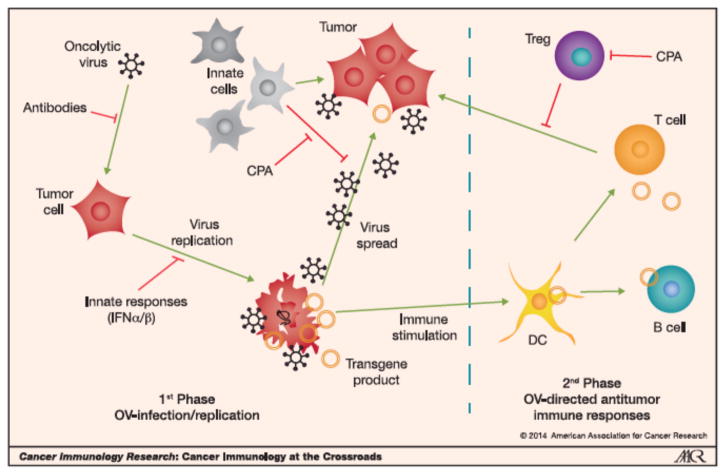Figure 1. Cartoon of OV-mediated effects in tumor.
1st Phase. OV delivered intratumorally or systemically, infects tumor cells (can be blocked by humoral defense systems; Antibodies). After infection, OV replicates (can be blocked by innate responses; i.e., IFNα/β), kills cells often by immunogenic cell death (ICD), and spreads throughout the tumor (can be blocked by innate immune cells, i.e., NK cells, macrophages), eliciting an inflammatory response. When an armed OV is used, the immunomodulatory transgene is expressed (Transgene product). 2nd Phase. ICD and inflammation recruit dendritic cells (DC) to the tumor where they take-up TAAs and induce an adaptive immune response (T and B cells), which targets the tumor (can be blocked by Tregs and MDSCs). Innate cells such as NK cells also have antitumor activities. Antitumor immune responses can be further enhanced by transgene products.

